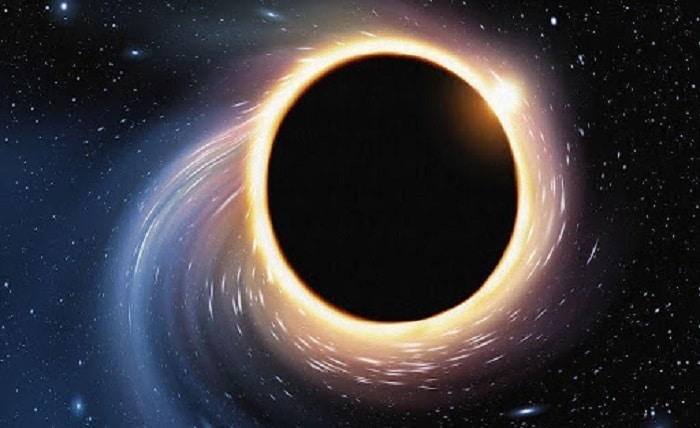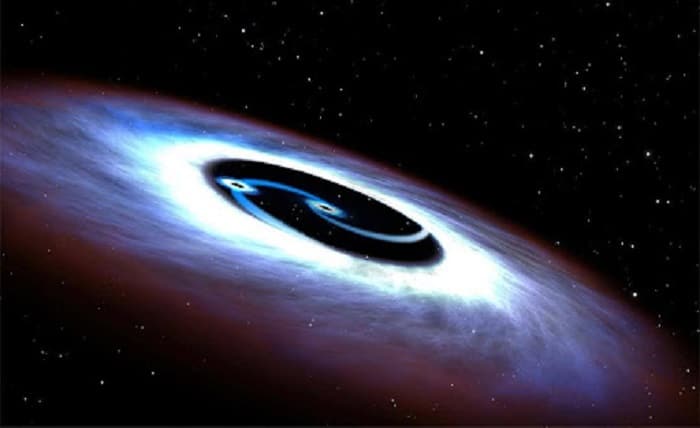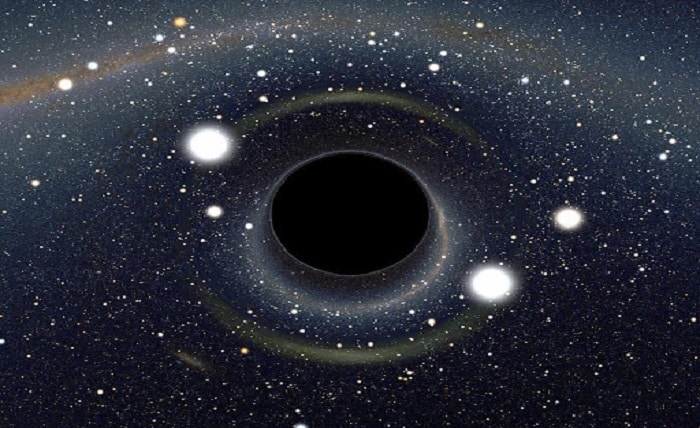
Unraveling the Mysteries of Black Holes: Exploring the Dark Heart of the Cosmos
In the boundless expanses of the universe, few objects are surrounded by so much awe and uncertainty as black holes. Arising from the dead ends of massive star formation, these gravitational whirlpools are so strong that nothing can escape them, not even light. Let’s take a closer look at these far from all the cornerstones of our universe – the secrets of their formation, characteristics, and the colossal influence that they have on our view of the world.
Birth of a Black Hole: The End of a Star
The story of a black hole’s life spans from the death of a large star – which is typically many more times massive than our Sun. A star with that magnitude of mass at core runs out of its nuclear fuel, implodes, and kicks off a giant explosion across space screaming of its death. Should the star be massive enough, the implosion will allow its core to implode to the inward, under the force of gravity, forming a point of almost infinite density called a singularity . This singularity is surrounded by an event horizon where gravity pulls so strong that not even light can break away – and that’s how a new black hole is born Bandar togel.
Unraveling the Anatomy of a Black Hole: Structure and Components
While at the core of a black hole, there is the singularity – a space region void of normal physics. Around the singularity is the event horizon, an infinite area where the gravitational force is so strong that nothing can escape. Further from the horizon is the ergosphere, a conceptual zone where the spacetime continuum is pulled along with the hole’s rotation. This causes frame-drags since the onrushing space alters the fabric of time, which rotates faster than the outer space. These individual components combine to create the complex mosaic that is a black hole.
Types of Black Holes: From Stellar to Supermassive

Black holes are available in different sizes, but their features and formation vary. Stellar black holes are the by-products of large stars’ collapses, and they typically weigh no more than a few times as much as the sun and reach several dozen times its mass. Intermediate-mass black holes are halfway between stellar and supermassive black holes. They are also hundreds to thousands of the sun’s mass. Supermassive black holes exist at the center of most galaxies, with the Milky Way being among them . They may span from millions to billions of times the sun’s mass and have a significant impact on their host galaxies’ development.
Detecting Black Holes: The Invisible Hand of Gravity
Despite their name, black holes regularly show themselves in ways that allow astronomers to deduce they are present and investigate them. Gravitational evidence and effects are the most common indications that a black hole is responsible for the phenomenon in question. For instance, the effect of a black hole’s gravity on a star in a binary system can compel the star to throw off x-rays as it falls into the hole, revealing much to researchers about the hole’s mass and size. A similar, distant effect is gravitational lensing, which involves gravity distorting and amplifying light from another body.
The Paradox of Information Loss: Theoretical Conundrums

The most enigmatic thing about black holes is their seeming defiance of quantum mechanics laws. This is known as the information paradox. Information about physical matter and energy’s characteristics falls under the classic physics principles known conservation. Therefore, any information swallowed by a black hole should be able to emerge subsequently under classical mechanics laws. However, quantum mechanics suggests that information is a one-way ticket once it passes the black hole’s event horizon. The paradox between the classic and quantum mechanism persists as the biggest standing issues in theoretical physics . The contradiction has led to violent debates among scholars for many years.
The Role of Black Holes in Galactic Evolution: Cosmic Architects
In conclusion, black holes, despite their terrible image, are instrumental in influencing the evolution of galaxies and the universe at large. Specifically, supermassive black holes are believed to have a massive impact on the structure and function of their galaxies; as such, they regulate star creation and matter redistribution while producing strong jets of high-energy particles that stream into intergalactic space. The dynamism of these cosmic monsters and the speed at which they spin make them critical to the evolution of galaxies, creating cosmic structures, and even the universe as a whole.
Peering into the Abyss
The cosmic riddle of black holes remains one of the most inexplicable and amazing mysteries in the study of the universe, which confronts human perception of the laws of physics and the world. From the initial inexplicability of their occurrence to the realization of their importance in the universe’s development, the phenomenon of a black hole continues to amaze both scientists and residents without cease. Lifting the veil of ignorance into the space abyss, he plunges humanity into the impenetrable chaos of the cosmos, allowing us to comprehend how limitless in its diversity is the universe that humanity will continue to study hundreds of amazing natural phenomena, including black holes.
Exploring Black Hole Phenomena: Accretion Disks and Jets
Moreover, the behavior of the black hole exceeds just the gravity effect exerted. When the black hole attracts the matter into the vicinity of an event horizon, it is consumed by the binary which forms over the time. The matter flux forms the accretion disk, which is a well-ordered notorious matter and pulled apart from stars and comets that orbit the black hole. The heat and electromagnetic radiation produced by matter succumb to the black hole forces this disk to violently emit the gas and dust in all electromagnetic spectrums: radio waves to the X-ray. The event horizon of the FMBBO dwarf is so tight close to each other and rotating so that the flux at the equator turns two ways and comes out of the system, leading to attrition of the black hole and drifting it to another part of the sky. Relativistic jets are the narrow and long flow from the vicinity of a black hole at the speed of light. These can flow for decades of light-years and take substantial energy in the matter flows to the host galaxy. All these phenomena justify studying the black hole due to the intermittent cycle of activity and eating behavior.
Black Holes and Time Travel: Wormholes and Singularities
The concepts of the extreme gravitational fields of black holes are inherently so outlandish that they transcend even the boundaries of logic and intuition while breaking free from the cages of space and time. Einstein’s general theory of relativity predicts that the curvature of spacetime near the singularity of a black hole will transform the very fabric of physics into cave-like structures – wormholes. These phenomena may appear to be shortcuts traversing space, time, or both, linking disparate ends of the universe or timelines, ultimately making time travel and much faster than light communication across space possible . While traversable wormholes currently remain science-fiction, the ideas surrounding them demonstrate the power to excite curiosity and stimulate the human imagination while delving into the splendid mysteries of the universe.




